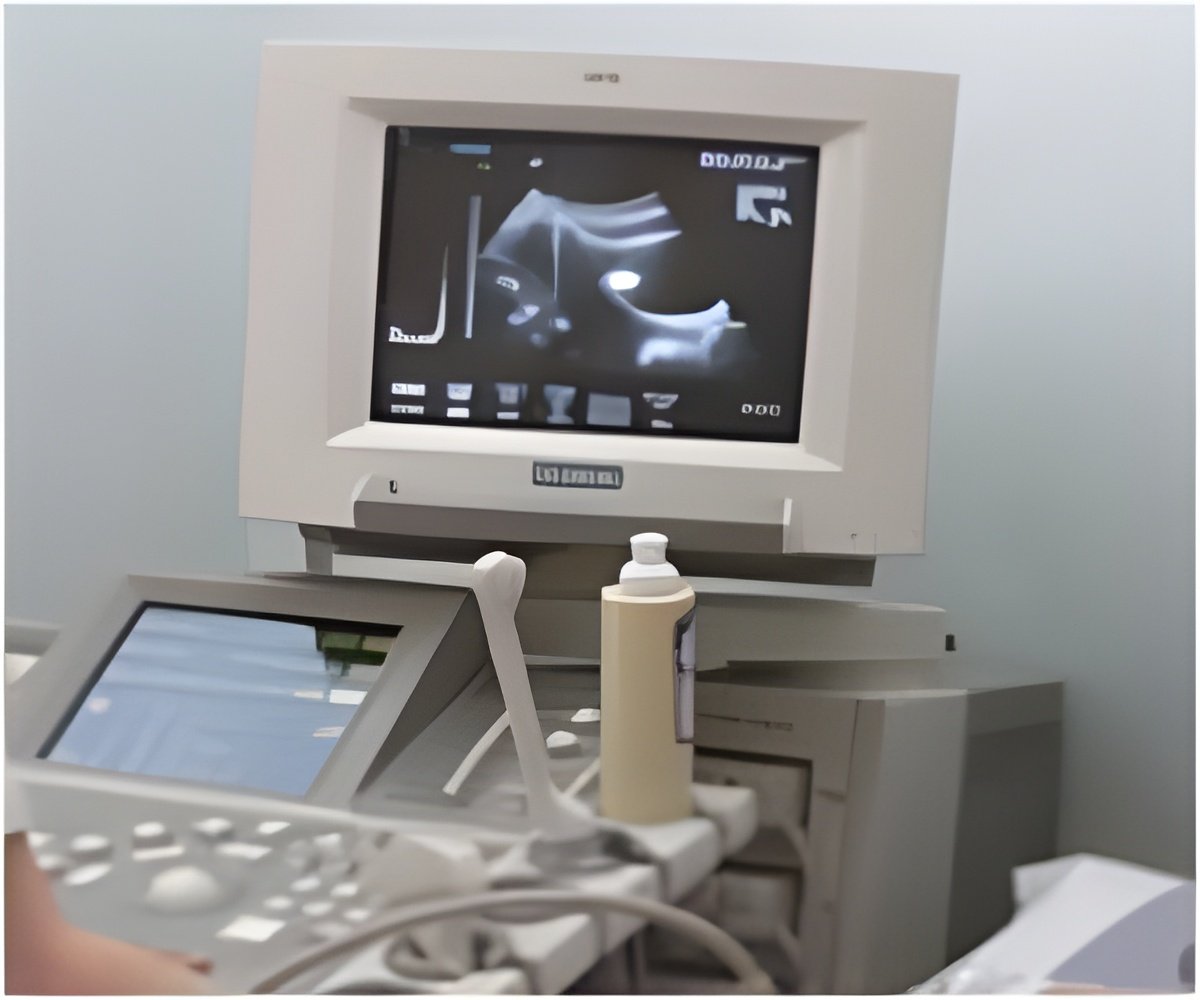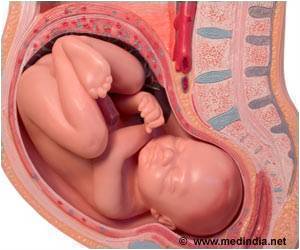Should the Continuous Electronic Fetal Monitoring be done for all women undergoing labor or just women under high risk?

‘Electronic fetal monitoring is usually performed as a diagnostic procedure during pregnancy, labor and delivery. It usually keeps track of baby's heart rate which is standard way to know if the baby is doing good during procedures
’





They argue that fetal monitoring trials have focused on uncommon outcomes, such as cerebral palsy, which is rarely linked to hypoxia during labor, and say "we should be focusing on other forms of evidence relating to the more common outcome with serious long term implications - namely, neonatal encephalopathy."They point to research showing that continuous fetal monitoring is associated with lower early neonatal and overall infant mortality and they argue that intermittent auscultation (listening to a baby’s heartbeat at regular intervals) "is not based on a thorough assessment of the evidence."
They acknowledge that electronic fetal monitoring increases the rate of instrumental delivery (such as use of forceps) and cesarean section, but argue that increased intervention "may not be entirely undesirable, given that appropriately timed intervention is likely to avoid neonatal hypoxia, seizures, and perinatal death."
"We do not serve low risk unborn babies well and are possibly committing up to 800 every year in the UK to neonatal encephalopathy and its largely avoidable sequelae," they write. "It requires a brave stance, however, to reverse the deliberate demedicalisation that clouds this debate."
But Peter Brocklehurst, Professor of women’s health at Birmingham Clinical Trials Unit, says "the more we use electronic fetal monitoring, the more harm we do, with little evidence of benefit."
Advertisement
Electronic fetal monitoring increases the risk of women having a caesarean section, which is not a benign operation, he writes. Given that electronic fetal monitoring does not prevent perinatal deaths, "the excess of subsequent deaths caused by the increased risk of caesarean section is a major concern."
Advertisement
He believes we should not extend the use of electronic fetal monitoring to women at low risk, nor should we continue to use it as often as we currently do. "Limiting the use of electronic fetal monitoring to the very highest risk labors may be justifiable, but even then the balance of benefits and harms is uncertain," he adds.
Instead, he calls for other ways of monitoring fetal well being during labor. For example, using new technologies to identify more reliable fetal bio-markers of hypoxia.
In the meantime, "pressure continues from those with vested interests to increase the use of electronic monitoring," he writes. "Clinicians should act in the best interests of both the women and the fetus under their care. Routine use of electronic fetal monitoring is not in the best interests of either."
Source-Eurekalert









